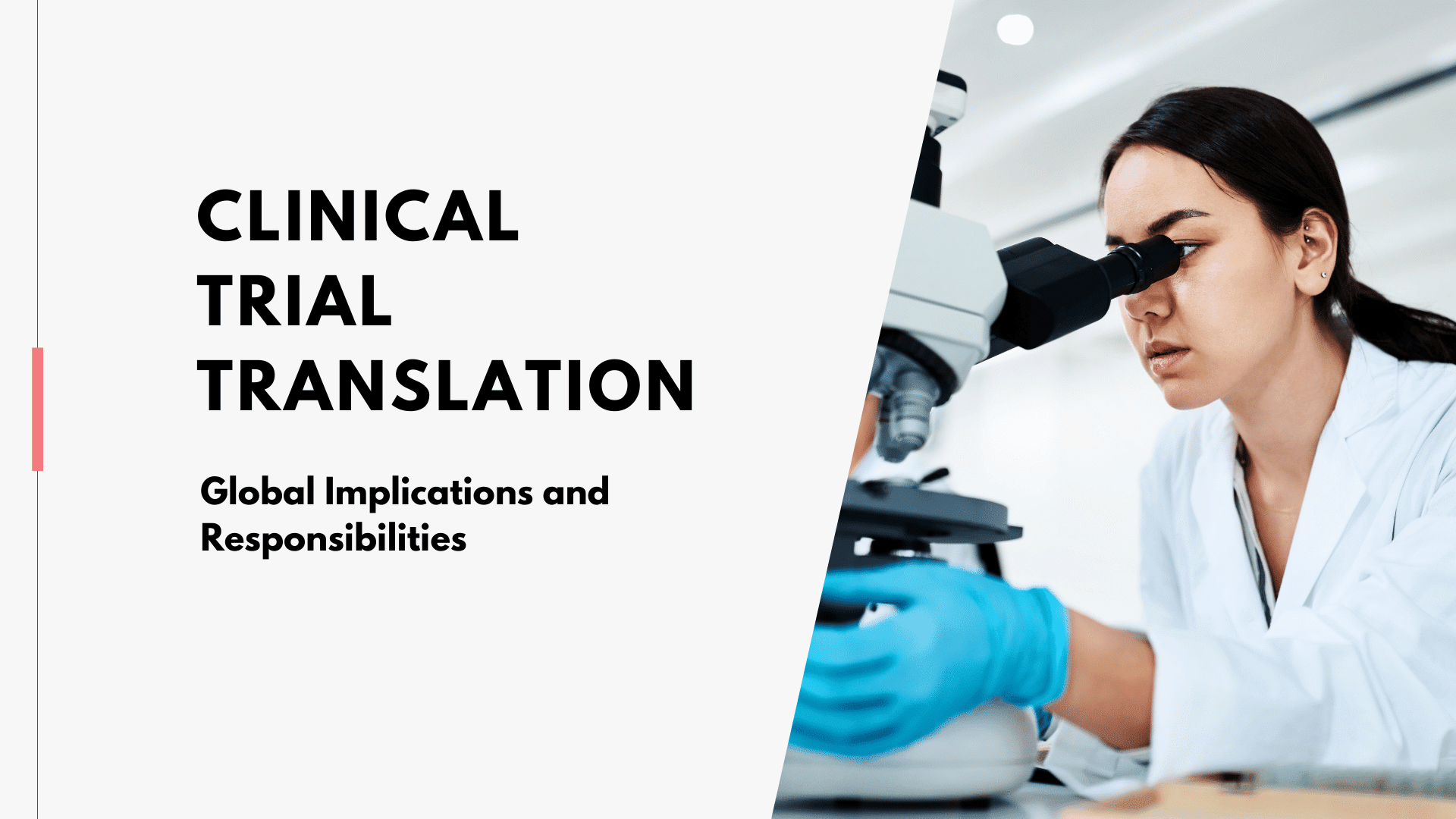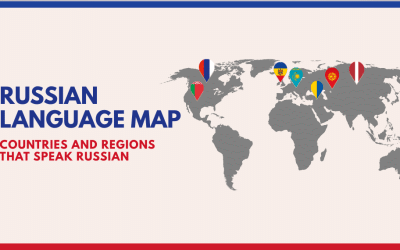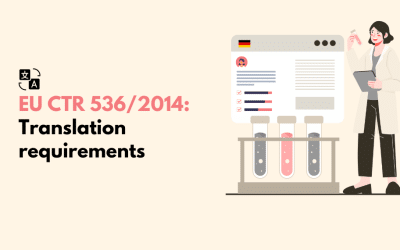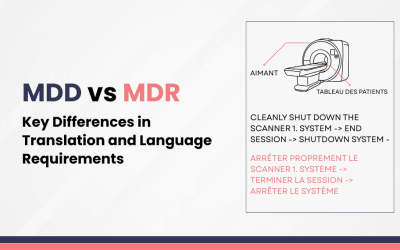Clinical trials are research-oriented studies conducted with human participants to evaluate the safety, efficacy, and potential side effects of new medical treatments, drugs, vaccines, or medical devices.
These trials are essential in advancing medical science by testing new interventions before they can be approved for widespread clinical use.
In recent years, clinical trials have become increasingly international to access diverse patient populations, reduce costs, and accelerate recruitment, especially in regions where diseases are more prevalent.
Clinical trial translation has become essential for ensuring that innovative medication as well as groundbreaking therapies reach a wider audience worldwide.
What’s more, accurate clinical translations not only bridge language gaps but also help to address cultural, ethical, and regulatory challenges.
In the following blog, we’re going to delve into the significance of this type of medical translation as well as the challenges and best practices one needs to be aware of to achieve the best results.
Looking for Clinical Trial translations?
Milestone works with native translators with domain expertise to accurately translate your Clinical Trials in 70+ languages.
Importance and Need for Accurate Clinical Trials Translation
There are several reasons why accurate translation in clinical trials is essential, affecting all stakeholders, such as researchers and participants. Below is an overview of these reasons:
1. Patient Safety
Accurate clinical translation is critical for ensuring patient safety and maintaining the integrity of research. It helps prevent miscommunications that could have serious health consequences, such as incorrect dosages or misunderstandings about risks and side effects.
2. Clear Communication
Clinical translation ensures that all necessary information—such as trial protocols, informed consent forms, and patient-reported outcomes—is communicated clearly and is accessible to all participants, regardless of their language or cultural background. This clear communication fosters better participant understanding and engagement.
What’s more, misinterpretations or mistranslations in clinical trials can lead to dire consequences, such as confusion, reduced patient engagement, and even skewed trial results. Precision in translation is crucial to avoid these issues and ensure that critical information is conveyed accurately.
3. Regulatory Requirements
Regulatory bodies, such as the U.S. Food and Drug Administration (FDA) and the European Medicines Agency (EMA), oversee clinical trials in the US and the EU, respectively. One of their primary functions is to ensure that all clinical trial documentation is translated into the appropriate languages and thus, all the information is understandable for all participants.
As you can see, compliance with local regulatory requirements is vital for clinical trials to be approved. Accurate translation ensures that the research meets these regional standards, protecting both participants and the validity of the trial.
4. Ensuring Global Validity
Proper clinical trial translation ensures that the data collected is valid and applicable across diverse populations.
Translation services in clinical trials promote inclusivity by enabling diverse populations to participate. In many global trials, minority populations are significantly underrepresented, with less than 20% participation in some studies. This underrepresentation can lead to potential gaps in treatment efficacy across different demographics, making inclusivity crucial for more comprehensive results.
5. Building Trust
Establishing clear communication across linguistic and cultural contexts builds trust with diverse populations. This trust encourages broader participation, which in turn improves trial outcomes.
6. Ethical Distribution
Accurate translation of clinical research is also key to the ethical distribution of medical knowledge across borders, ensuring that populations worldwide can benefit from the latest medical advances.
Also read: Translating Patient Information Leaflets: Challenges and Solutions
Challenges in Translating Clinical Trial Materials
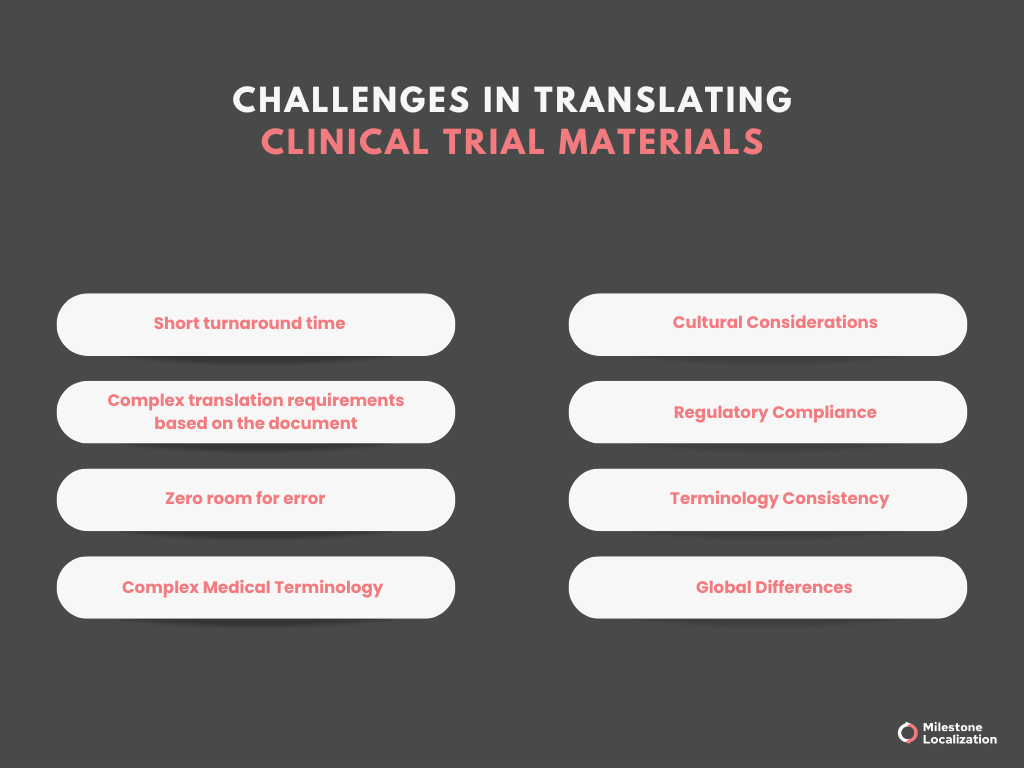
Medical translation is a complex task that requires close attention to several key challenges:
Short turnaround time in clinical trial translations is among the greatest challenges.
Providers often face tight deadlines since any delays can disrupt patient recruitment or regulatory submissions.
Translations need to be delivered quickly and still ensure high-quality. To achieve this, they rely on specialized workflows and tools like translation memory to streamline the process.
2. Complex translation requirements based on the document
Different clinical trial documents demand varying levels of complexity.
For example, informed consent forms may require back translation and reconciliation to ensure accuracy. At the same time, patient questionnaires often need linguistic validation to be culturally appropriate.
Depending on the type of document, a specialized quality assurance is developed to ensure that the end translation meets the specific criteria of the client.
3. Zero room for error
In clinical trials, even minor translation errors can have serious consequences, such as patient safety risks or regulatory non-compliance. Mistakes could lead to incorrect dosages or miscommunication of trial protocols, potentially invalidating results.
Thus, precision and rigid quality assurance processes are required.
4. Complex Medical Terminology
Medical translation is notorious for its jargon, filled with specialized terms that can be confusing and difficult to translate accurately.
Ensuring that medical terminology is clearly transferred into another language and its precise meaning is preserved is critical for patient safety and trial validity.
5. Cultural Considerations
Language is not the only crucial aspect of clinical trials translation.
Medical research involves participants from diverse cultural backgrounds, meaning that the clinical translations must account for any cultural nuances.
For example, concepts like pain, illness, and treatment can be interpreted differently across cultures. This in turn may affect how patients respond to the trial.
Taking the cultural context into consideration is an essential translation requirement for clinical trials in order to achieve a user-friendly final translation.
6. Regulatory Compliance
Different countries have unique regulatory requirements for clinical trials. The regulations might be related to ethics review boards or legal frameworks, but in any case, they add an additional level of complexity to clinical trial translation services.
Unfortunately, statistics show that 90% of clinical candidates fail to gain regulatory approval, and thus, are never conducted.
This alone highlights the importance of compliance with the specific guidelines of each region for clinical translations.
7. Terminology Consistency
In medical translation, consistent use of terminology across all trial documents is essential to avoid confusion.
Even slight variations in terminology between languages or even within the same set of clinical trial documents can lead to ambiguity and misinterpretation, affecting trial outcomes and undermining data integrity.
8. Global Differences
Accounting for global differences poses a formidable challenge for medical translators.
Clinical translation is complex, taking into consideration that works for one country or population may not work for another. This makes the adaptation of the clinical trial materials for different regions essential.
Are You Looking for professional Medical Translations?
Milestone works with native translators with domain expertise to accurately translate your medical documents in 70+ languages. We provide translation certificates accepted by authorities across the globe.
Responsibilities of Translators in Clinical Trials
Translators play a critical role in the efficiency of clinical trials. To ensure high quality clinical trial translations, translators must fulfill certain responsibilities, such as:
1. Expertise and Training
Clinical trial translators must have specialized knowledge in both medical terminology and the specificity of trial processes. What’s more, they need to be specifically trained for this type of translation and be well-acquainted with the regulatory standards for this type of translation.
Only in this way can they ensure accurate translations that preserve the scientific and ethical integrity of the study.
2. Accuracy and Quality Assurance
Translators are responsible for delivering high-quality, error-free translations.
To achieve these results, clinical translations are required to undergo rigorous quality control processes, such as reviews and edits.
Having strict QA processes ensures that patient materials, protocols, and regulatory documents are precisely translated.

3. Confidentiality and Data Protection
In clinical trial translation, translators often work with sensitive patient and clinical data.
To protect data and the participants’ confidentiality, they must adhere to strict protocols. As it can be expected, preserving personal information and complying with data protection regulations (such as GDPR) is a critical part of medical translators.
4. Adherence to Regulatory Standards
As we’ve discussed above, each country has its own regulatory requirements for clinical trial documentation.
In clinical research translation, it’s translators’ responsibility to familiarize themselves with these regulatory standards depending on their working languages and the regions the translations are created for.
What’s more, translators need to stay up-to-date with any possible updates and to implement them timely.
Being familiar with the local rules is the only way to ensure that translations meet all local regulatory standards. This in turn is essential for avoiding any issues related to compliance as well as for preventing delays in the trial process.
5. Training and Professional Development
To stay current with advancements in medical terminology as well as regulatory changes, medical translators need to attend ongoing training and professional development.
This is among the most important translation requirements for clinical trials since it ensures that translators are continually able to deliver high-quality, up-to-date translations in such an dynamic, ever-evolving field.
Also read: Quality Assurance In Medical Device Translations
Best Practices for Translating Clinical Trial Materials

Ensuring accurate and effective translations in clinical trials requires adherence to several key best practices:
1. Working with a certified agency with expertise in healthcare translations
Working with an ISO 17100-certified agency that specializes in healthcare translations is crucial for clinical trial translation due to the high stakes involved.
Certified agencies work with professional translators who are well-trained and experienced in order to navigate complex medical terminology and regulatory requirements, ensuring documents are accurate and compliant with local laws.
Translators’ expertise is the best way to minimize the risk of mistranslations that could lead to serious consequences such as incorrect dosages or delayed approvals.
2. Collaboration with Medical Experts
Close collaboration between translators and medical professionals helps ensure that complex medical terminology and concepts are accurately conveyed.
On one hand, medical translators have the language and subject expertise to provide high quality clinical trial translations. Medical experts, on the other hand, can provide valid feedback on the accuracy of the translations as well as support the linguists during the translation process.
In clinical trial translation services, this partnership is essential for maintaining the scientific integrity of the translated materials.
3. Work with an agency that uses CAT tools and glossaries to ensure consistency
In clinical translation, maintaining consistent terminology throughout all documents—such as protocols, informed consent forms, and patient instructions—is crucial to avoid confusion.
Consistency ensures that all stakeholders, including patients and regulatory bodies, receive clear and uniform information.
The best way to achieve and monitor consistency is by utilizing translation softwares, which are specifically developed for this purpose.
When looking for a clinical trial translation provider, always inquire about the CAT tools, glossaries and other software that they use in their practice.
Translation software is not only beneficial to ensuring high quality translations, but also could potentially reduce the translation costs. Thus, it is always best to discuss such options with your translation service provider.
4. Patient-Centric Language
Clinical trial materials must be accessible to participants. Thus, complicated and confusing medical terminology should be avoided at all costs for the sake of understanding.
In fact, 80% of clinical trials fail to meet enrollment targets. The reason for this boils down to difficulties recruiting enough patients, delaying research or even leading to the premature end of trials.
Using patient-friendly language that simplifies medical jargon while still maintaining accuracy improves understanding. Comprehension, on the other hand, is vital for informed consent and patient engagement.
What’s more, clinical materials that resonate better with the participants would definitely contribute to more trustworthy results, enhancing the study’s integrity.
5. Quality Assurance Process
Implementing a robust quality assurance process is a must in clinical trial translation. A reliable QA process includes steps, such as reviews, edits, and back translations, to name a few.
Strict QA processes should be in place to validate the accuracy and reliability of the final clinical trial translation. What’s more, this step is vital for ensuring both regulatory compliance and the ethical conduct of the trial.
6. Maintain Confidentiality
Protecting the privacy of patients as well as ensuring that any sensitive trial data is preserved is a top priority and among the most important translation requirements for clinical trials.
To achieve robust security measures, translators must adhere to strict confidentiality protocols to safeguard personal and clinical information. These guidelines should be in compliance with global data protection standards.
This also includes the use of secure digital tools, such as password managers to protect login credentials, antivirus software to guard against malware, and best free VPNs ensure encrypted connections when accessing or transmitting sensitive data remotely.
Conclusion
As medical research expands across countries and cultures, the role of translation becomes increasingly important.
In clinical trials, specifically, there is a great deal at stake, as even the slightest miscommunication or ambiguity can lead to severe consequences.
Also Read: 10 Reasons To Work With a Medical Translation Agency
Get Your Clinical Trials Translated
Milestone helps you seamlessly translate your Clinical Trials into 70+ languages with quality and accuracy.

